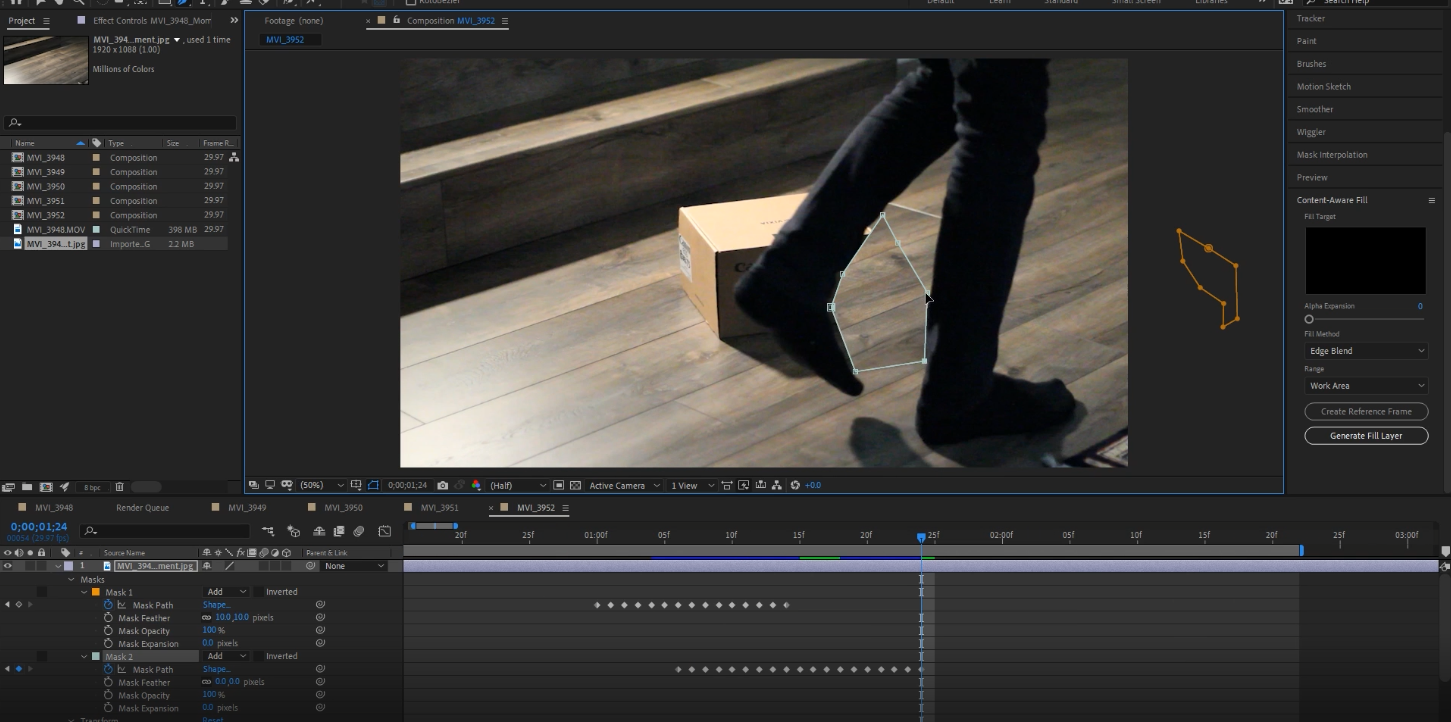
That’s one reason you might want to do that. That again, gives us a chance to highlight his face versus the background. I’ll type in ‘curves’ in the search bar and I’ll apply that to this up in the back as well. You also might want to have him pop up the screen a little bit more by adding curves effect to that background. I’ll change that to 6 if you’re trying to be subtle about this. Now, his face has been focused and everything else is blurred. I can bring it down to maybe 5 or something like that, just a little bit of blur like so. Now, I’ll take the blur so that it’s not so terrible. This expands it overall uniformly so I can expand a little bit perhaps to take a little bit more around, grab his ears a little bit more like that. One of the cool things about the mask is that you can feather it.įeather it a little bit so that it blends into the blur a little bit. I want his face not to be so sharp edged. I’m going to keep it really blurred like that on purpose for a moment just to show you how this works. Now, you can see that we blurred the background and his face is obviously looking weird but that’s the beginning of the process. I’m going to blur a little more than it should so you can see what’s going on. I’m going to use a blur that – fast blur which allows me to repeat the edge pixels because if you don’t repeat the edge pixels, you get this edge around there like that. To show you a way to do this, I’ll type in ‘blur’ in the effects and presets, search.

I’m going to apply a blur to this bottom one. I can apply effects to one or the other and to cause his face to standout. Now, I have the masked version on top and the unmasked version down below. It’s pretty amazing actually, notice how it changed the whole shape of the mask as it goes down like that which is pretty cool.īut we don’t want this disembodied head floating around, right? The way you typically work with this, you take the exact same video and put it below that video that’s masked. You can stop this by clicking that track forward button again.Īnd that actually did most of the clip. The way mask works, when you make key frames is that they don’t key frame each point but, they key frame the whole shape at once basically. It’s creating key frames for all these little points. Notice, as you see around the points there on the mask changed to accommodate the motion of his face. Notice how the mask is adjusting for the shape of the face. It should, hopefully, take on the shape of the face and it is now tracking that. To track the outline of the face, which actually goes relatively quickly, you just click on the track forward button. I want to track the outline of the face and you may wonder why I do that and I’m going to show you why in a second. We’ll go to the outline only to begin with now. There’s an outline version and a detailed version. Although, these four things are gone, these four buttons have disappeared. Once I add the mask, the mask is active, take a look at the tracker. But that has now told After Effects that this is where the face here, not really define the face but I’m telling it, “Here is where the face is located.” If I don’t let go yet and hold down the spacebar, I can move it around very easily – if you haven’t worked with ellipse before or a shape tool before.

Those are the typical features that you find inside tracker but there’s a new feature that came out of 13.5 called the face tracker. A couple of ways if you have a shaky camera, you can stabilize motion. You can stabilize motions and warp stabilizer as well. I’ll put a little point here that I can track, let’s say the motion of his eye, for example. You can track motion within here like I used to track motion click. You’ll need a moving camera though to have that really work. If you have a camera that’s moving, then you can connect things to that moving camera and make it look like it’s stuck to things inside the video which is really cool. If you look at tracker, you can track the camera when you’re trying to simulate a 3D motion. The way you open up tracker is by going to Window > tracker.

Not a Video Academy member? Click here to learn more about the BlueFx Video Academy Jeff Sengstack will demonstrate some of the new features in both updates as well as explain changes made to previewing and rendering. Access your ‘After Effects CC 2015 (13.6): New and Updated Features ’ Live Class in the After Effects Academy.


 0 kommentar(er)
0 kommentar(er)
